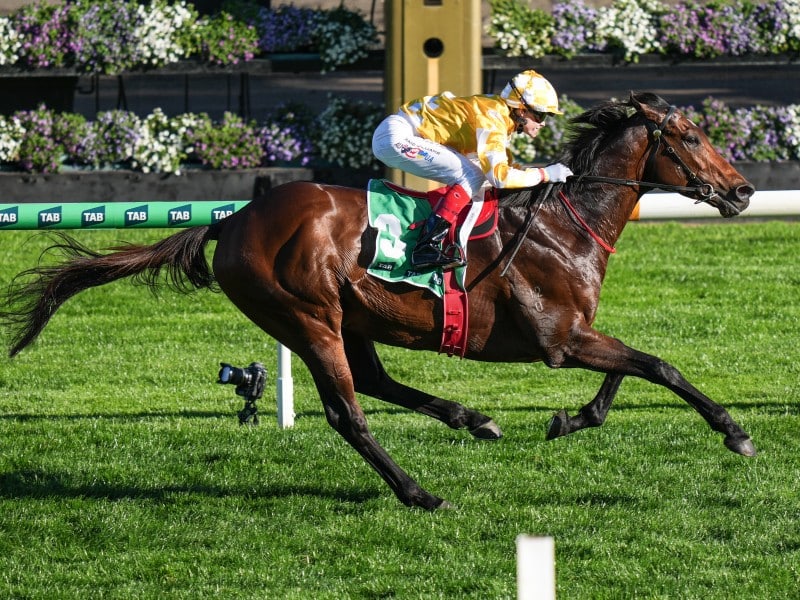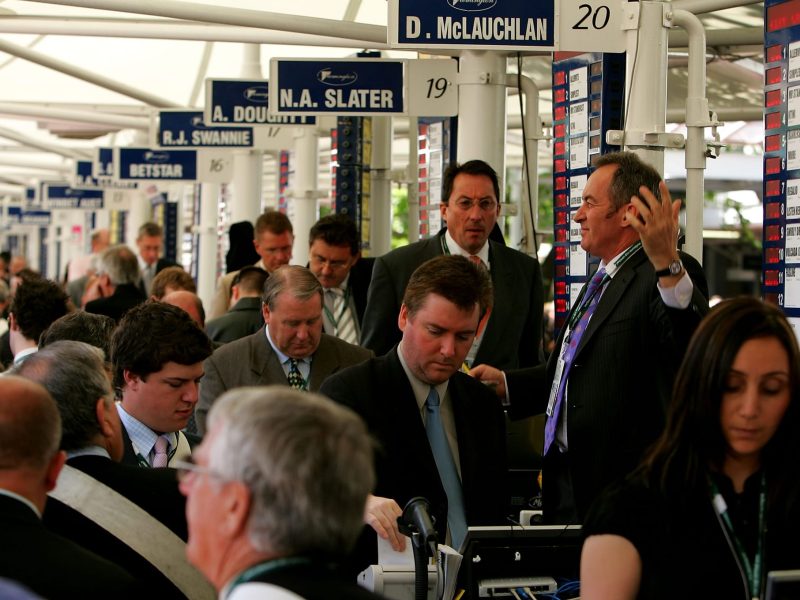Cup carnival media rights switch delivers higher ratings
The Melbourne Cup has delivered an increased television audience for the Nine Network and the Victoria Racing Club with a national reach growing more than 30 per cent on 2023 figures.
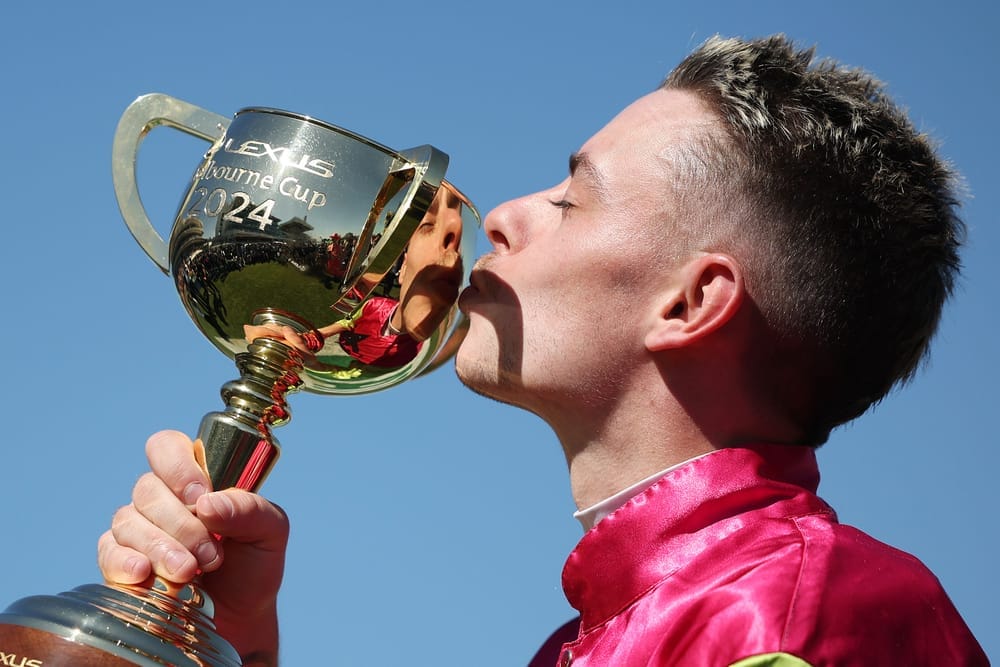
In the first broadcast of a six-year agreement between Nine, the VRC and Tabcorp, 3.7 million viewers tuned across the coverage of Australia’s most celebrated race day.
This represented a 30.4 per cent increase on the previous year when the race was televised on Network Ten.
“The incredible ratings highlight Australia’s love for the Melbourne Cup and Nine’s commitment to bringing the best live sports experience to fans across the country,” Nine’s director of sport Brent Williams said.
More than 1.9 million viewers watched Knight’s Choice edge out Japan’s Warp Speed, an 11.3 per cent increase on Without A Fight’s victory in 2023.
Pre and post-race figures were also up, with Nine’s mounting yard coverage attracting a national average audience of almost 1.4 million, an increase of 21.5 per cent year-on-year.
Nearly 1.6 million watched the presentation to co-trainers Sheila Laxon and John Symons, winning jockey Robbie Dolan and Knight’s Choice’s owners, representing a 23 per cent improvement.
Interestingly, people watching the coverage via a streaming service almost doubled on 2023 numbers.
Nine reported that it pulled in an audience of 371,000 using its broadcaster video on demand (BVOD) service on 9Now, a staggering 80.4 per cent increase.
Ten paid $100 million to broadcast the Melbourne Cup carnival over five years from 2019 to 2023 and the latest deal with Nine is reportedly about $20 million less for the rights, which runs through until 2029.
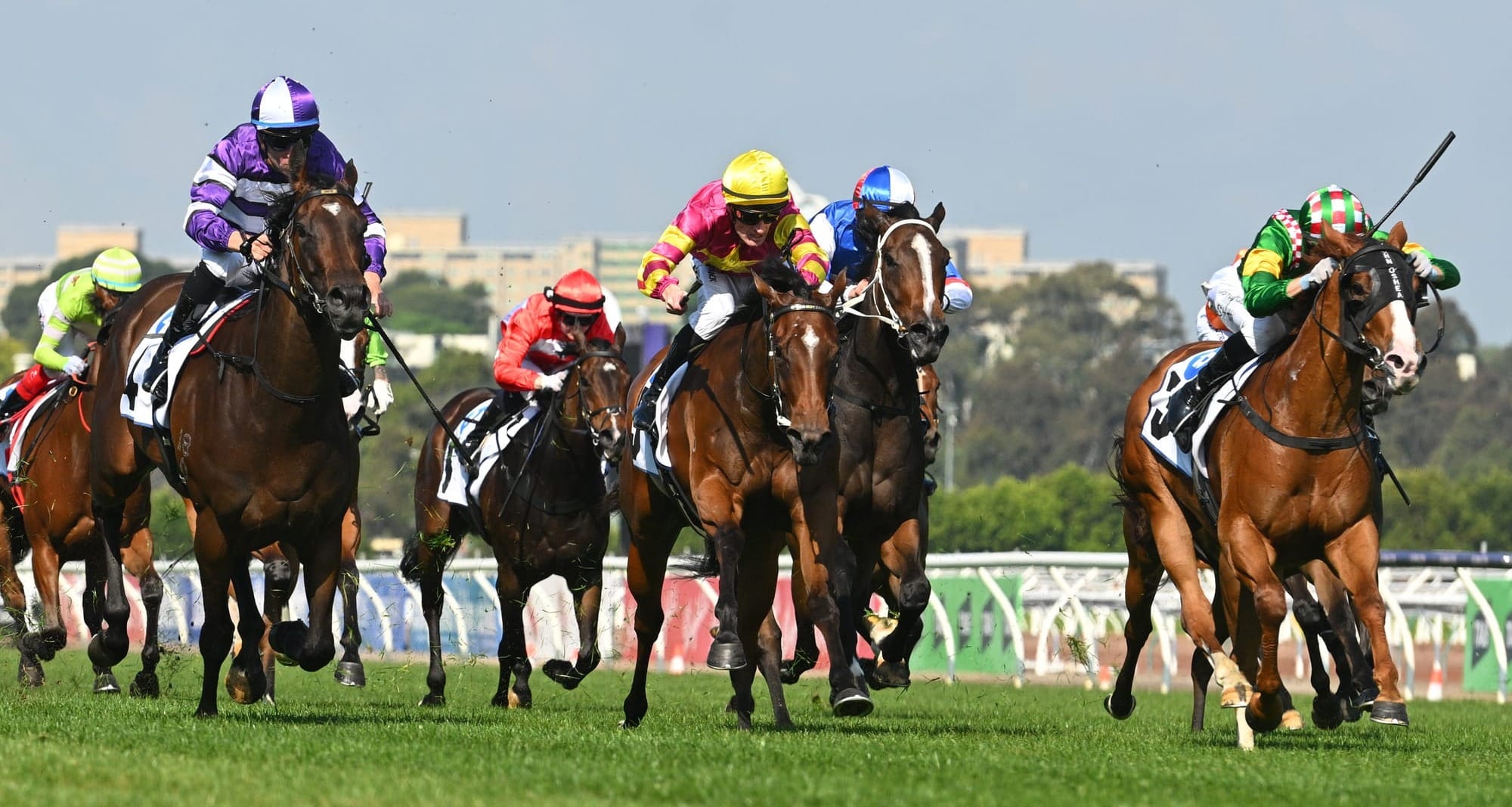
During Ten’s involvement, ratings slumped to their worst figures since the Melbourne Cup carnival was first broadcast on a commercial free-to-air network in 1978.
In 2022, national viewership fell dramatically to 1.024 million before recovering slightly in 2023.
Ten’s coverage drew industry criticism for its content and format as Ten walked away from contract renewal negotiations last year.
Compared to two of Australia’s marquee sporting events, television audiences for this year’s AFL and NRL grand finals averaged 4.02 million and 3.42 million respectively.
Ten previously held the Melbourne Cup carnival rights from 1978 until 2001 before the Seven Network broadcast the four days of racing at Flemington from 2002 until 2018.
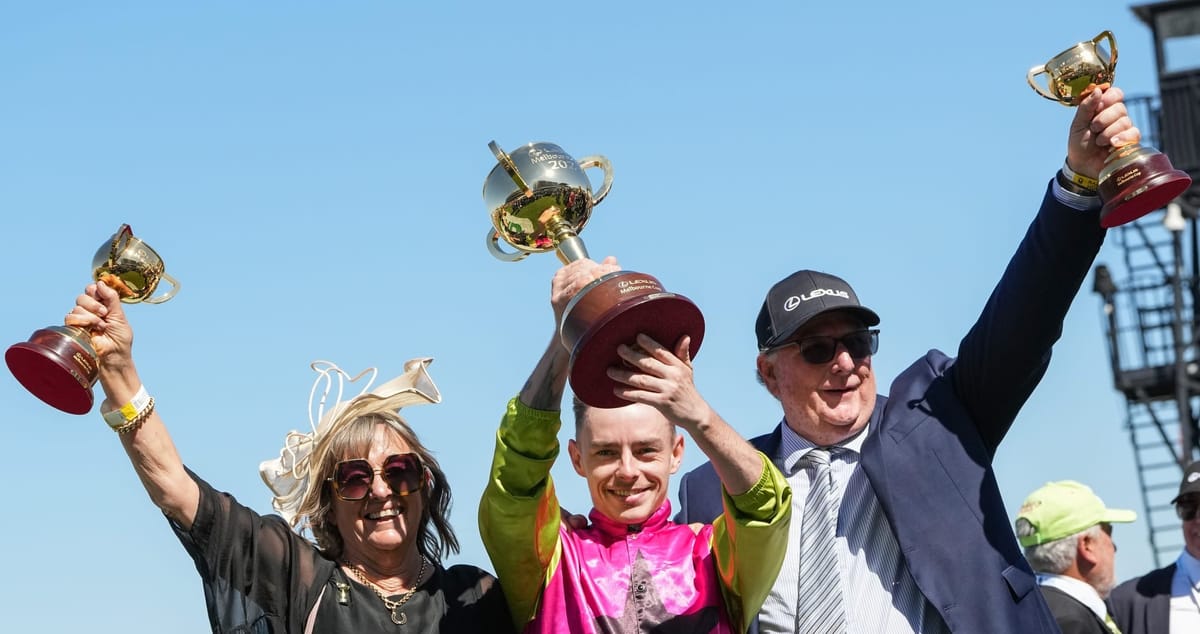
Seven’s racing coverage on Melbourne Cup day featured the meeting at Randwick and drew a national television audience reach of 1.23 million with an average of 239,000 viewers.
The VRC said the Melbourne Cup was beamed worldwide to a global audience of more than 750 million across 228 international markets, contributing to a total race viewership of more than 2.5 million.
Across the four days of racing, more than 5.5 million tuned into the coverage.
The VRC’s social media platforms counted 54 million impressions, a 68 per cent growth year-on-year, complemented by a 60 per cent increase in video views to 22 million.
Audiences increased 34 per cent on the VRC’s digital channels.
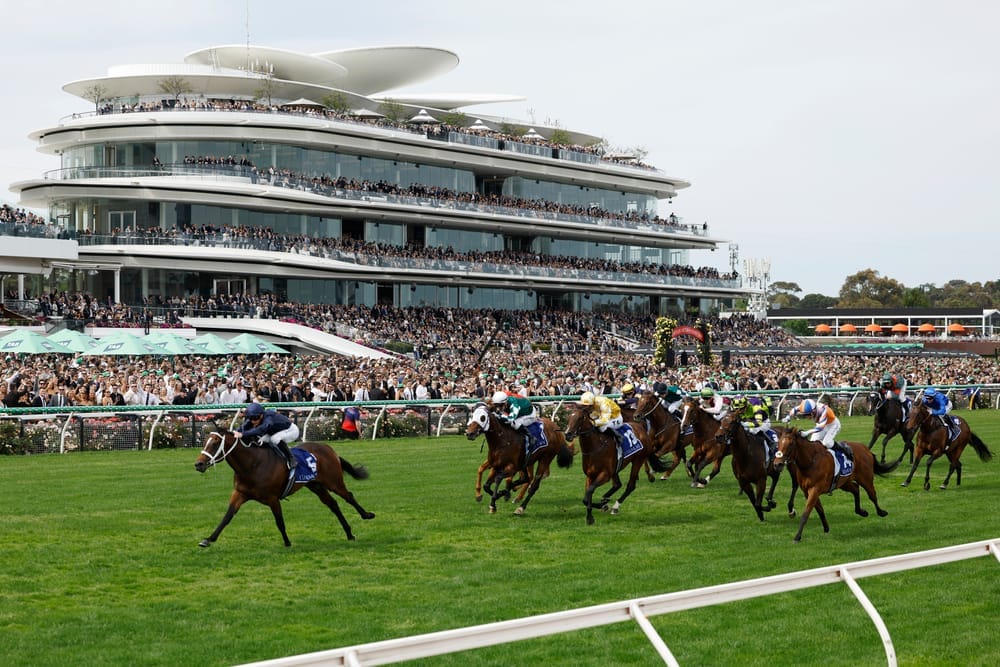
Nine also reported impressive figures for its Victoria Derby day coverage with a national reach of 1.039 million for its early session, increasing 74 per cent on 2023.
It achieved a nationwide average audience of 192,000, up 187 per cent on last year’s broadcast.
The network’s second session had 879,000 viewers – up 167 per cent from 2023 with a national average television audience of 249,000 providing for a 115 per cent increase year-on-year.
The corresponding meeting at Rosehill, featuring the $10 million Golden Eagle, had a national audience reach of 758,000 for an average of 139,000 viewers on Seven.

VRC Oaks day attracted a national reach of 1.046 million on Nine.
Despite being the best day’s racing across the four Melbourne Cup carnival meetings, Nine recorded a national reach of less than 700,000 viewers on Champions Day.
A total of 691,000 tuned in to Saturday’s coverage on Nine, compared to 645,000 who watched Seven’s broadcast that included the Rosehill meeting.
Ratings from Seven’s combined coverage of the Everest meeting from Randwick and the Caulfield Cup revealed a national reach of 1.36 million with an average of 635,000 viewers.
The Cox Plate meeting shown on Seven reached 450,000 nationally and 324,000 on average.






